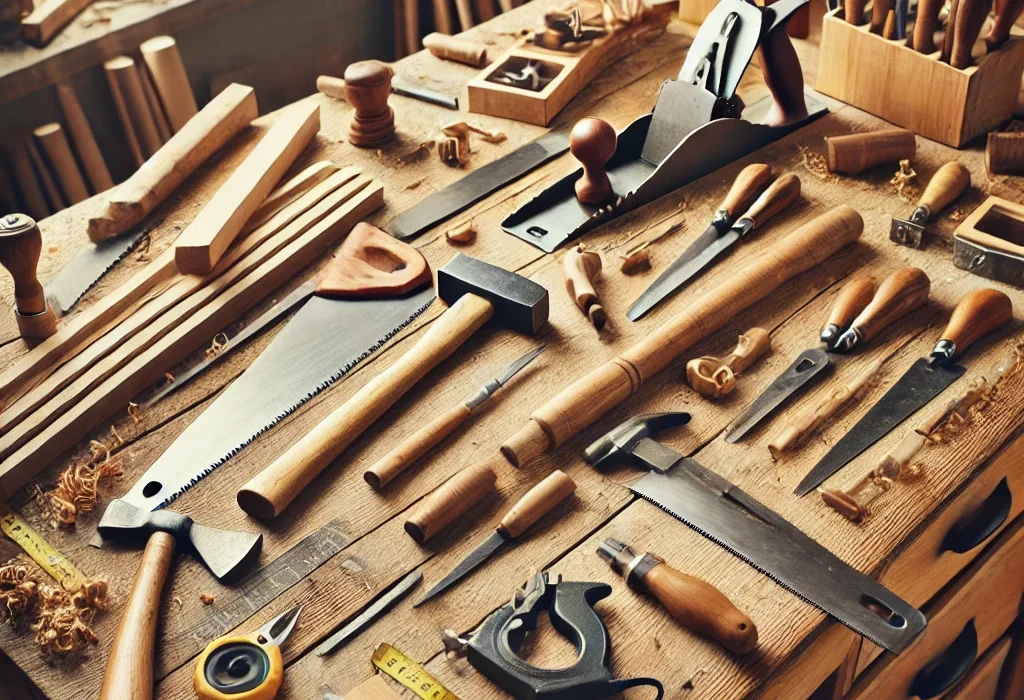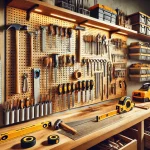When it comes to woodworking, precision, control, and craftsmanship are everything. While power tools often steal the spotlight, hand tools remain indispensable for many woodworkers. Whether you’re a seasoned pro or just starting out, the right hand tools can elevate your woodworking projects and ensure they turn out perfectly. In this blog post, we’ll dive into the best hand tools for woodworking projects and how to use them effectively.
Why Choose Hand Tools for Woodworking?
Before we get into the specifics of individual tools, it’s important to understand why hand tools are still relevant in today’s world of high-tech machinery. Hand tools offer:
- Precision: Hand tools allow for finer control, making them ideal for delicate or intricate tasks like carving or detailed finishing work.
- Portability: Unlike power tools, hand tools don’t need an electrical source, making them more portable for projects that need to be done in different locations.
- Quiet Operation: No loud noises like power tools, which is especially important in shared or residential workspaces.
- Skill Development: Using hand tools builds a deeper understanding of the materials and techniques, allowing woodworkers to develop their skills.
Now, let’s explore the best hand tools that should be in every woodworker’s toolkit.
1. Hand Saws

The hand saw is one of the most fundamental tools in woodworking. There are various types of hand saws, each suited to specific cutting tasks:
- Crosscut Saws: These are ideal for cutting across the grain of wood. They have teeth designed to cut through wood fibers cleanly.
- Rip Saws: These are designed for cutting along the grain of the wood. The teeth are shaped differently to work with the grain and create cleaner cuts.
- Back Saws: A small saw with a reinforced back, back saws are great for precise cuts, often used with a miter box for angled cuts.
When selecting a hand saw, you’ll want to consider options that are known for durability and efficiency. Two excellent choices for general woodworking are the Stanley Fatmax Handsaw and the Irwin Universal Handsaw.
- Stanley Fatmax Handsaw: This saw features a high-quality, rust-resistant steel blade with induction-hardened teeth for added durability. Its ergonomic handle provides extra comfort and control, making it perfect for long cutting sessions. The Stanley Fatmax is a great all-around saw for crosscutting, ripping, and even making bevel cuts in thicker wood.
- Irwin Universal Handsaw: Known for its versatility, the Irwin Universal Handsaw is an excellent option for both novice and experienced woodworkers. With an aggressive tooth design and a robust handle, it delivers clean, smooth cuts through a variety of materials. It’s particularly great for general-purpose cutting, whether you’re working on framing, furniture, or smaller projects.
Tip: A sharp saw is essential for clean cuts. Make sure to regularly sharpen your saws to maintain efficiency and quality. Both the Stanley Fatmax and Irwin Universal Handsaw offer outstanding performance, but keeping the blades well-maintained will extend their life and improve their cutting ability.
2. Chisels
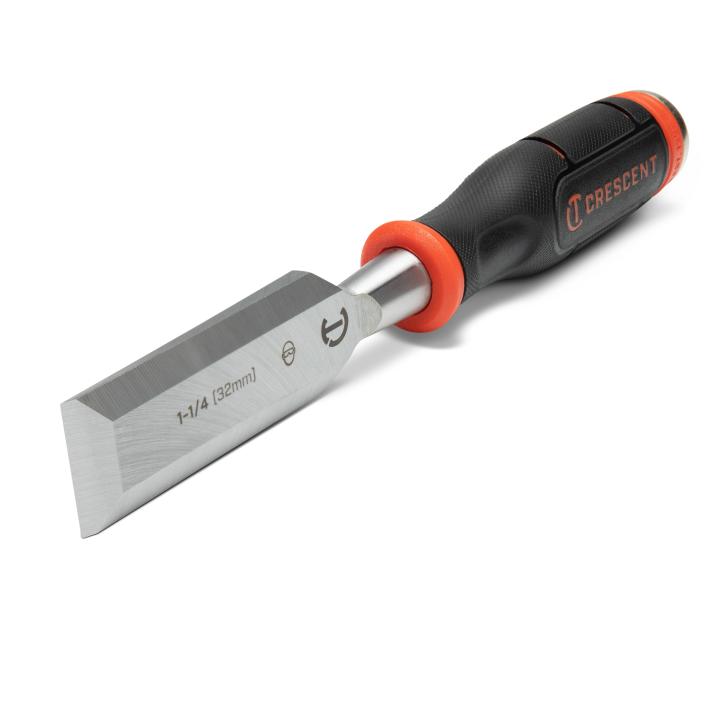
Wood chisels are indispensable for carving, shaping, and fine-tuning wood. They come in various shapes and sizes, from straight-edge chisels to gouges with curved edges. You’ll want a set of chisels with different blade sizes for versatility.
- Straight Chisels: Ideal for cleaning up edges and making precise cuts.
- Curved Gouges: Perfect for hollowing out areas, shaping, or creating decorative details.
- Paring Chisels: Thin and flexible, these are used for delicate, fine work such as smoothing surfaces.
Tip: Always keep your chisels sharp. A dull chisel will make your work harder and more dangerous. A honing guide can help you maintain a consistent edge.
3. Planes
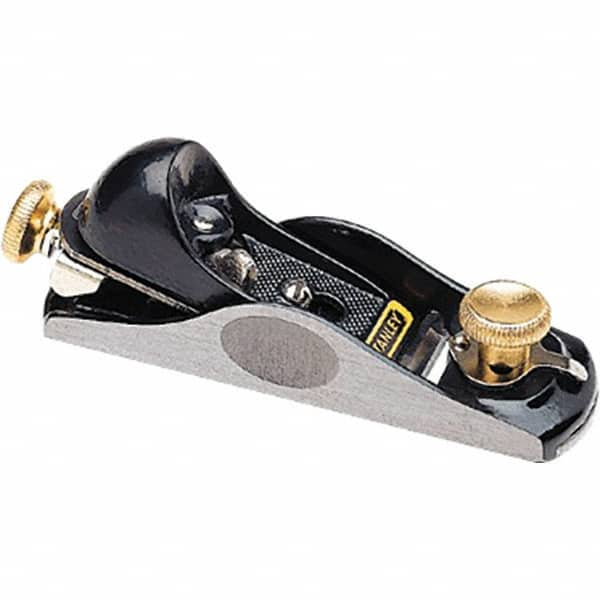
A hand plane is a must-have for smoothing and leveling wood surfaces. Whether you’re preparing wood for further sanding or just want to create a smooth finish, a hand plane can do the job.
- Jack Plane: A versatile tool used for general smoothing and flattening.
- Block Plane: Small and easy to handle, great for trimming and finishing edges.
- Smoothing Plane: Designed for the final finishing touches, this tool removes tiny shavings to create a glass-like surface.
Tip: Be sure to adjust the blade depth properly, so you don’t remove too much material at once, which could lead to uneven surfaces.
4. Rasps and Files

Rasps and files are essential for shaping and refining wood. These tools are typically used for smoothing rough edges or shaping intricate details, such as curves, angles, or corners.
- Rasps: Coarse files used for quickly removing material. Perfect for rough shaping.
- Files: Finer than rasps, files are used for finishing work and smoothing surfaces after rough shaping.
Tip: Choose a rasp with the correct coarseness for the task at hand. Too coarse, and you could over-remove material; too fine, and the process will take longer.
5. Marking Tools
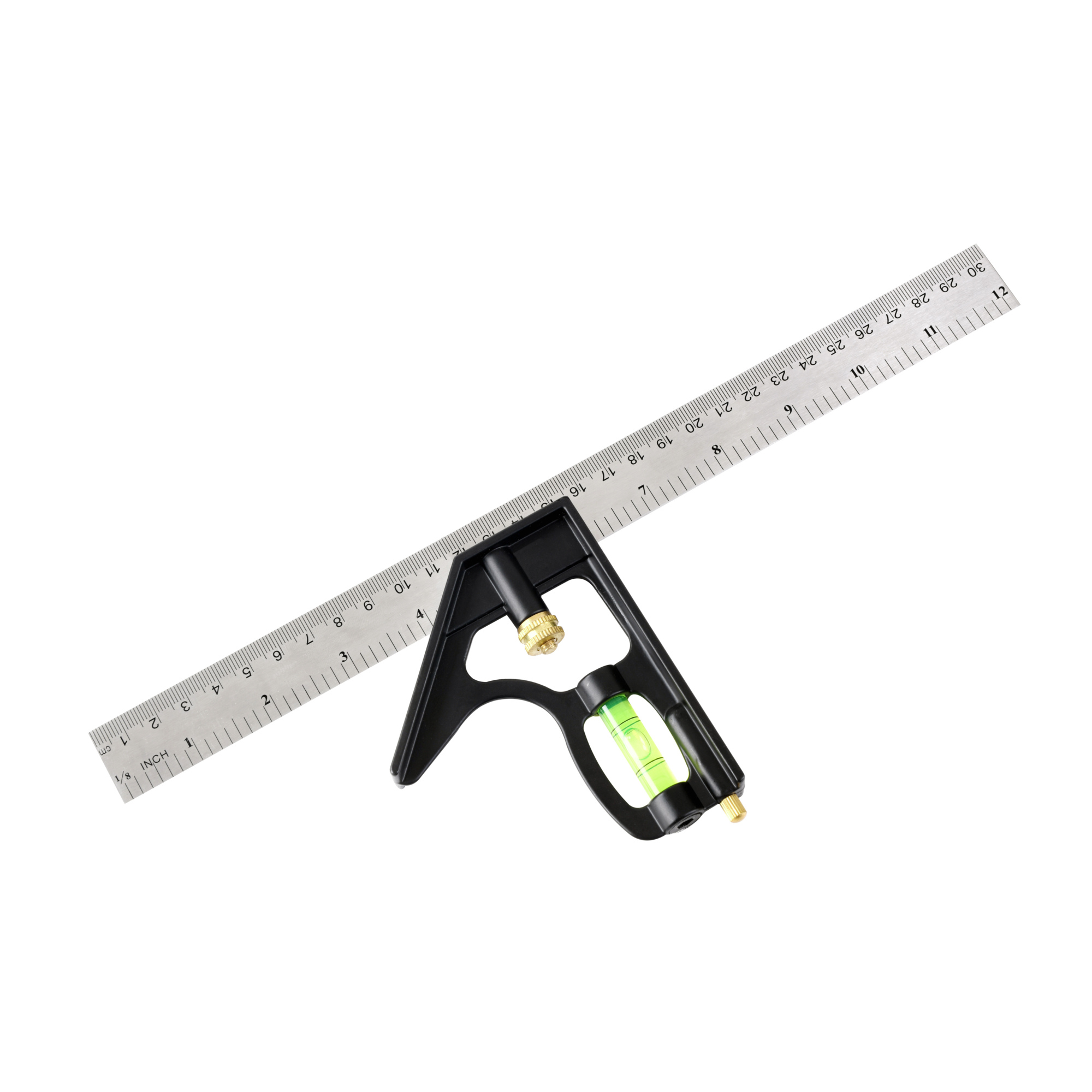
Accurate measurement and marking are crucial to any woodworking project. While tape measures and rulers are essential, there are specific marking tools that make your job much easier.
- Combination Square: A versatile tool used for measuring, marking right angles, and checking the flatness of surfaces.
- Marking Gauge: Used for scribing precise lines parallel to an edge, particularly useful when making mortise and tenon joints.
- Chalk Line: Perfect for marking long, straight lines on larger pieces of wood, ensuring accuracy when cutting.
Tip: Always use sharp pencils or marking knives for precision. A dull mark can make the difference between a perfect cut and a mistake.
6. Clamps
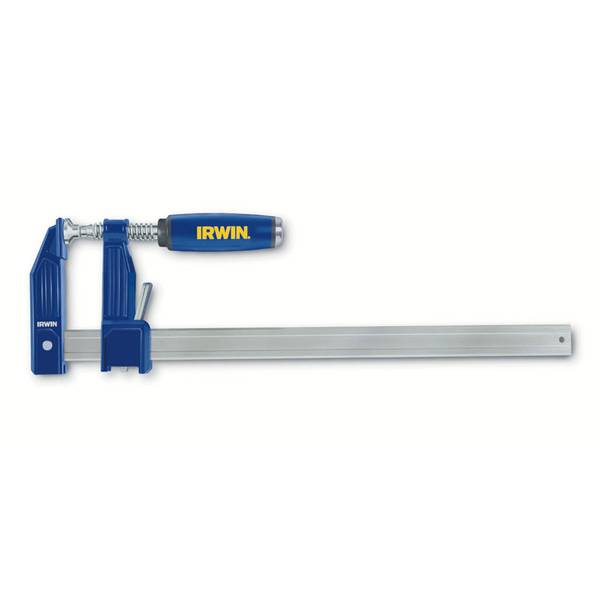
Clamps are the unsung heroes of woodworking. They hold your pieces in place while you work, ensuring accuracy and preventing movement that could ruin your project.
- Bar Clamps: Ideal for large workpieces, providing a strong hold for wide boards.
- C-Clamps: Great for smaller projects, these can secure pieces in tight spaces.
- Spring Clamps: Lightweight and quick to use, perfect for holding small parts or temporarily holding pieces before fastening them.
When it comes to reliable and easy-to-use clamps, the Irwin Quick-Grip Clutch Lock Bar Clamp is an excellent option. This bar clamp allows for quick adjustments and features a clutch lock mechanism to securely hold your workpieces without slipping, making it perfect for larger projects where precise pressure is needed. It’s designed for easy one-handed operation, giving you full control while keeping your hands free for other tasks.
For smaller projects or tasks that require a quick, temporary hold, the Irwin Quick-Grip Spring Clamp is a great choice. Known for its strong grip and ergonomic design, the Quick-Grip Spring Clamp makes clamping small pieces a breeze. It’s especially useful for holding trim, moldings, or delicate components where a smaller, more flexible clamp is necessary. The spring-loaded mechanism offers fast release, so you can move quickly between tasks without wasting time.
Tip: Use multiple clamps to secure large or long pieces. Even pressure across the workpiece ensures better results. The Irwin Quick-Grip clamps, both clutch lock and spring versions, are perfect for adding versatility and speed to your clamping needs.
7. Scrapers

Scrapers are used for fine-tuning surfaces, removing small imperfections, or preparing wood for finishing. They work by scraping thin layers off the surface, leaving behind a smooth and even finish.
- Card Scrapers: Flat metal tools with a burnished edge, used to remove wood fibers without cutting into the material.
- Cabinet Scrapers: Larger than card scrapers, ideal for removing more material when needed.
Tip: Burnish the edge of your scraper regularly to ensure it’s effective. A sharp edge gives a better finish with less effort.
8. Copings Saw

If you need to make intricate cuts or curved shapes, the coping saw is the go-to tool. This small, lightweight saw features a thin, flexible blade that allows you to make sharp turns and detailed cuts.
Tip: Make sure to keep your blade tight and well-maintained. A loose or dull blade will make your curves jagged and uneven.
9. Hammers and Mallets
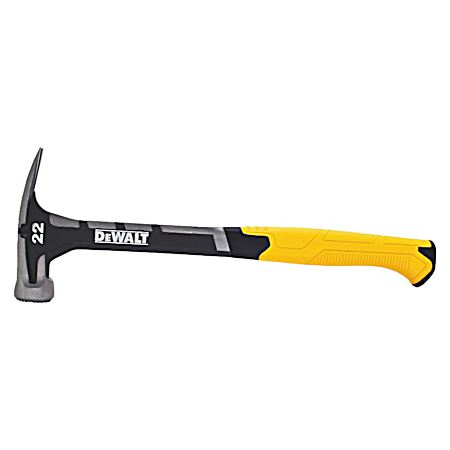
While hammers are standard tools in every toolbox, for woodworking, the type of hammer you choose makes a big difference.
- Claw Hammer: A must-have for driving nails and general tasks. The flat face is ideal for striking.
- Dead Blow Hammer: Used when you don’t want to mar the surface of your wood, dead blow hammers are soft-headed and ideal for delicate tasks.
- Wooden Mallet: Perfect for driving chisels and other tools without damaging the wood or causing a lot of impact. A wooden mallet helps you work with more control and precision, ideal for fine-tuning your woodwork.
The DeWalt Steel Rip Claw Hammer is a great choice for its durable steel construction and ergonomic handle, making it perfect for driving nails with precision and removing them with ease. Its rip claw design adds versatility, allowing you to pull nails and handle prying tasks efficiently.
The Craftsman Dead Blow Hammer is a top pick for this role, featuring a non-marring, rubber head that reduces damage to your workpiece while providing a firm strike. Its internal steel shot ensures minimal rebound and maximum control, making it excellent for tasks that require a light but effective tap, such as assembling joints or tapping chisels.
Tip: Always choose the correct weight hammer for the task. Too heavy, and you could risk splintering your wood; too light, and you won’t get enough force. Both the DeWalt Steel Rip Claw Hammer and Craftsman Dead Blow Hammer are excellent tools for balancing power and finesse, making them valuable additions to your woodworking toolkit.
10. Dovetail Saw
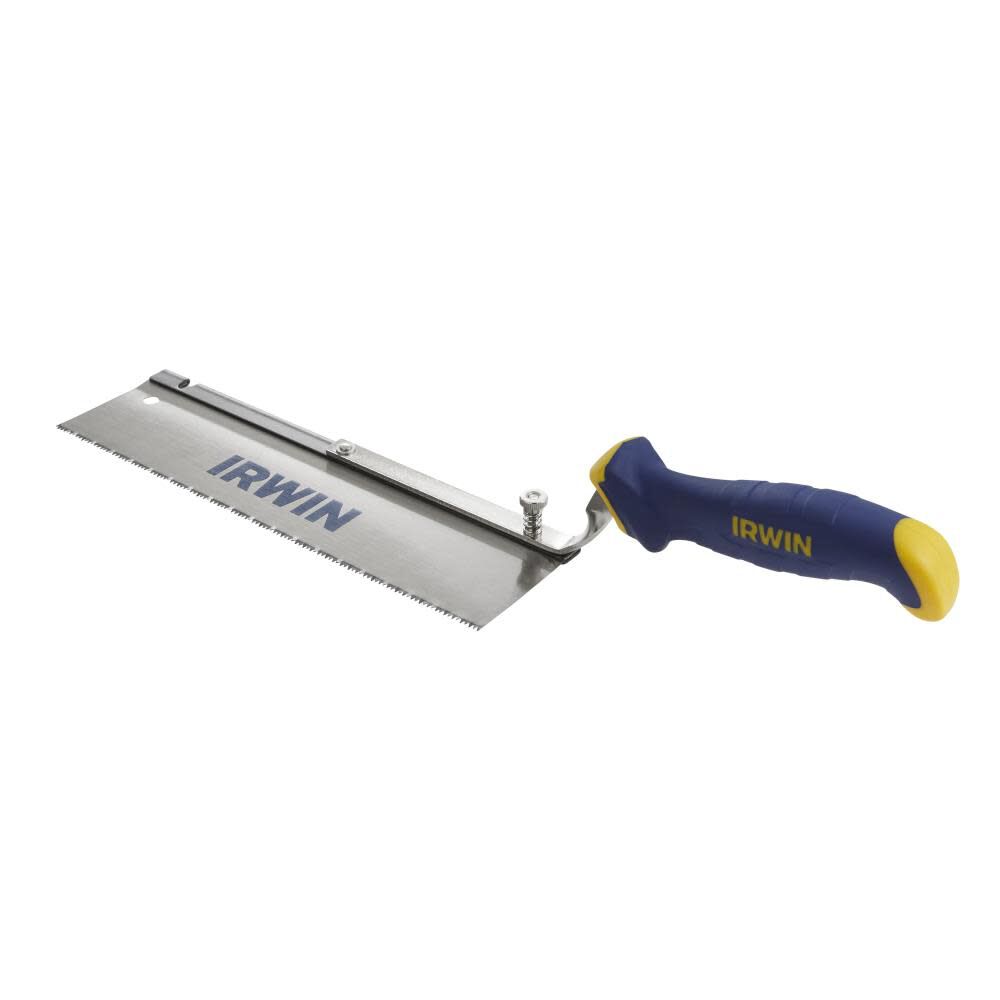
For more advanced woodworking, especially if you’re creating dovetail joints, a dovetail saw is an essential tool. Its fine teeth and rigid back make it perfect for making precise cuts with minimal effort.
Tip: Use a miter box to keep your saw at the correct angle for perfectly aligned cuts.
Choosing the best hand tools for woodworking projects depends on your specific needs and the types of projects you enjoy. Whether you’re building furniture, crafting intricate details, or finishing a beautiful wooden surface, having the right tools at your disposal is essential. Invest in quality tools, keep them well-maintained, and take the time to develop your skillset. With the right hand tools and a little practice, your woodworking projects will shine with precision and craftsmanship. Happy woodworking!
Last modified: January 25, 2025